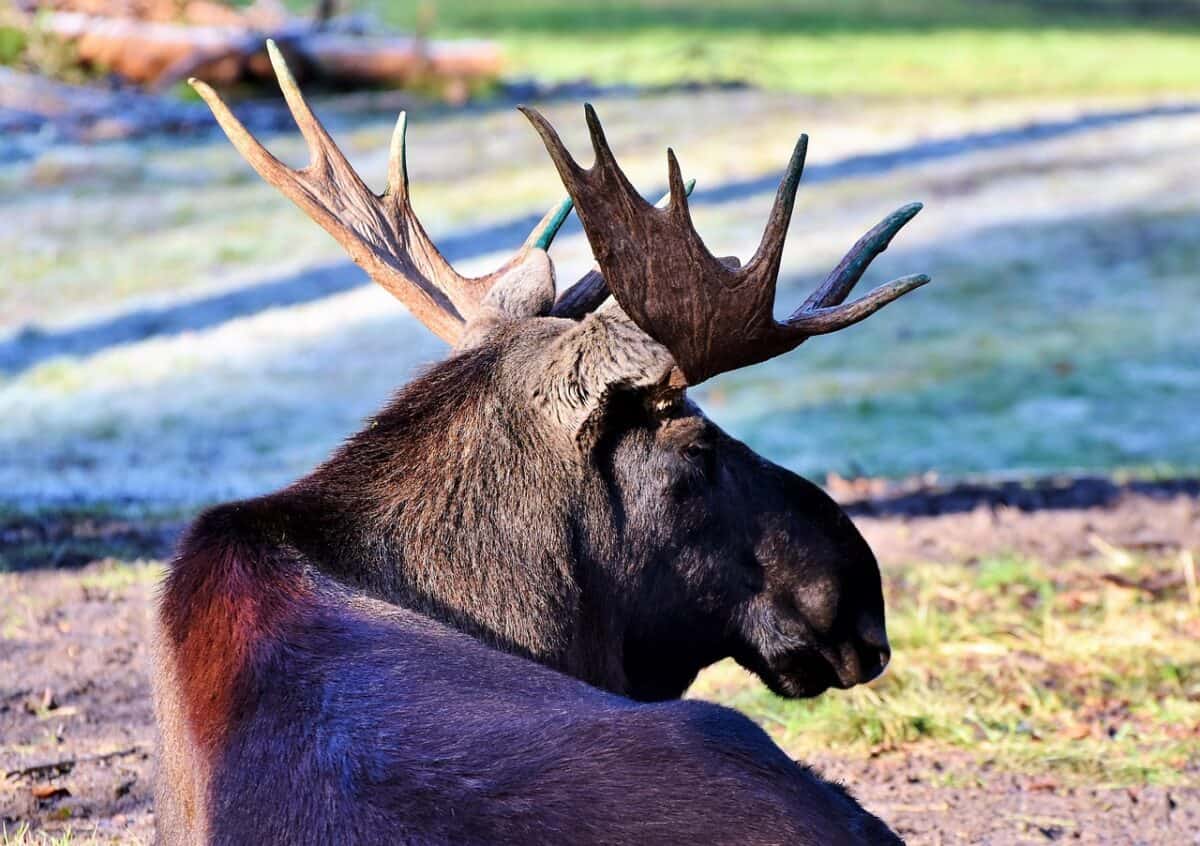Alaska is renowned for its breathtaking landscapes and diverse wildlife, and among its most iconic residents is the mighty moose. These majestic creatures roam the forests, wetlands, and tundras, embodying the wild spirit of the Alaskan wilderness. Recently, an extraordinary spectacle captured the attention of wildlife enthusiasts and researchers alike: the largest bull moose ever spotted in Alaska. This article delves into the fascinating world of the moose, the specifics of this record-breaking sighting, and what it tells us about these impressive animals.
The Magnificence of Moose
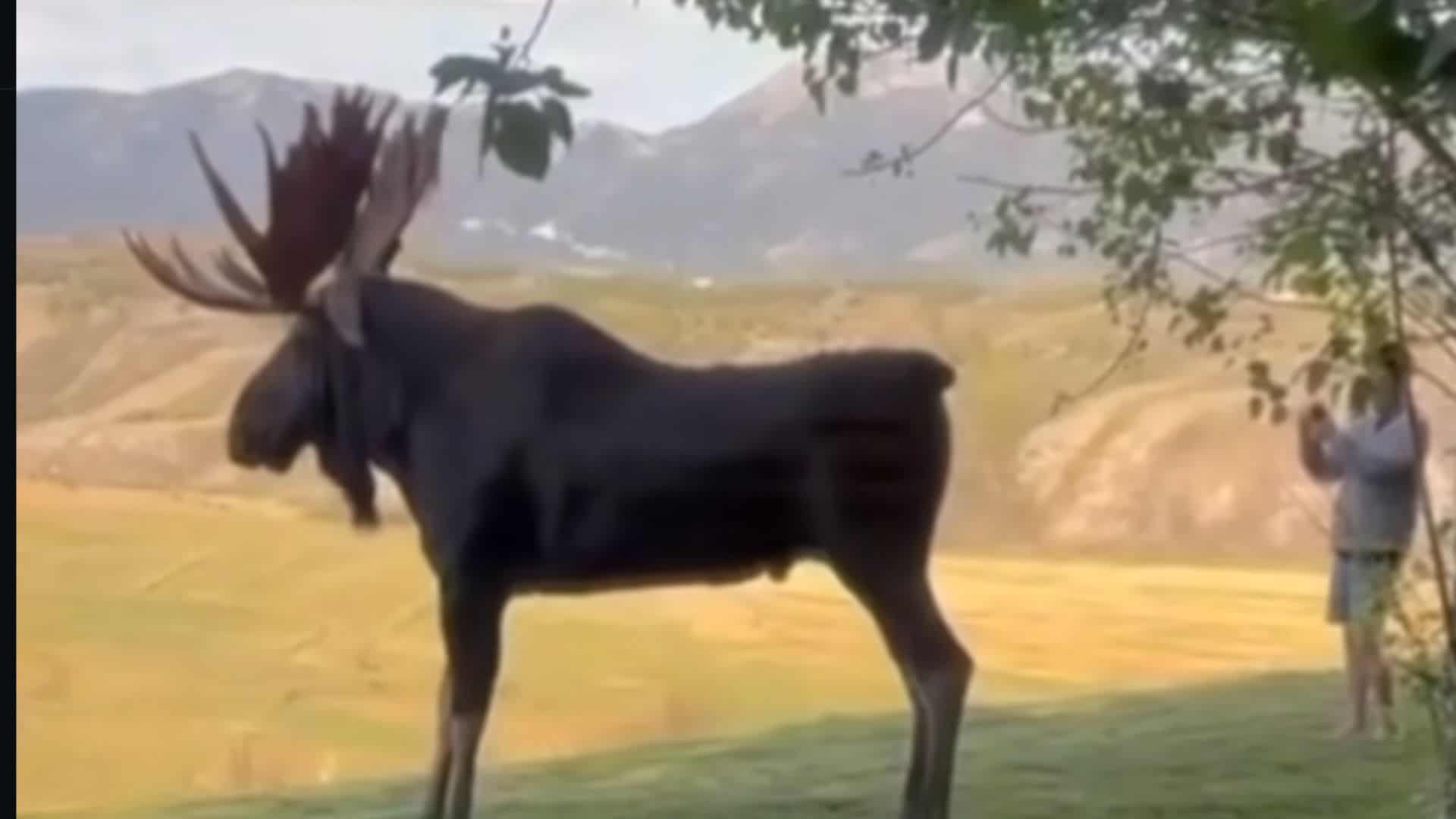
Moose are the largest members of the deer family and are known for their impressive size, long legs, and distinctive antlers. Adult male moose, or bulls, can weigh between 900 to 1,600 pounds and stand over six feet tall at the shoulder. Their enormous antlers, which can span up to six feet, make them even more imposing. In Alaska, moose thrive in a wide array of habitats, from dense forests to open tundra, showcasing their adaptability and resilience.
Spotting the Largest Bull Moose
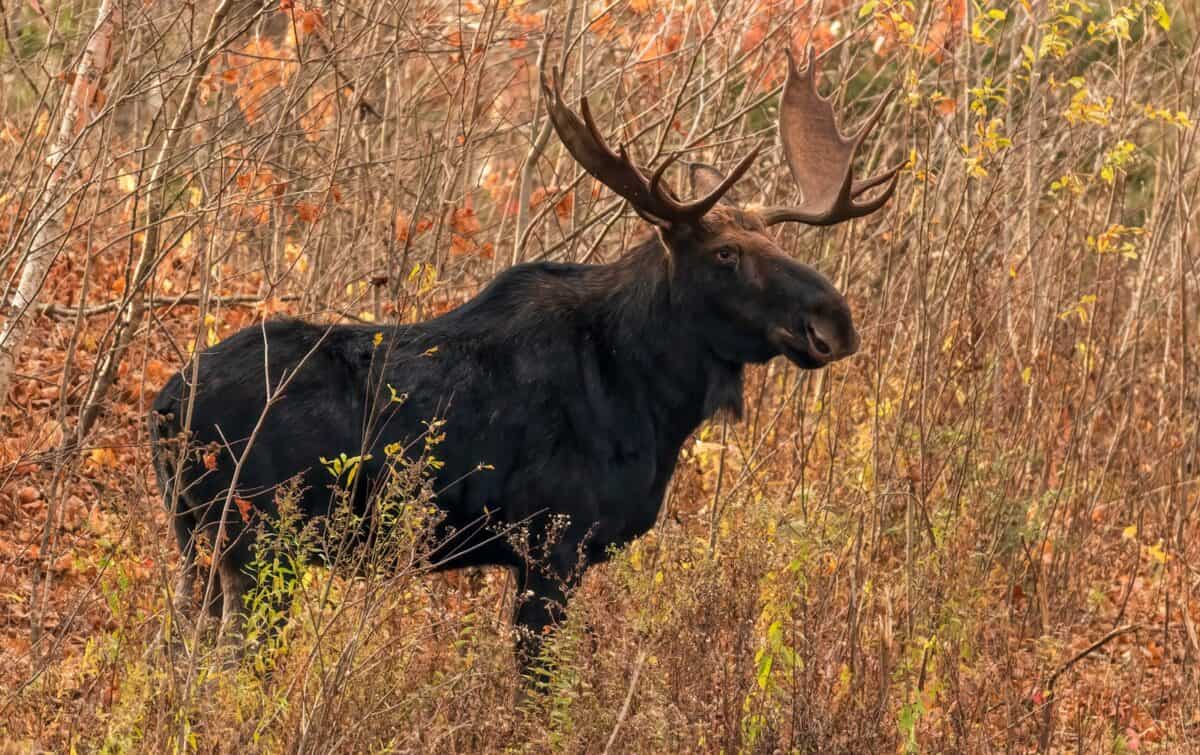
The record-breaking moose was spotted deep within Alaska’s wilderness, captivating those fortunate enough to witness this marvel. While exact measurements are still under verification, it is estimated that this bull moose weighed over 1,800 pounds, setting a new benchmark for this majestic species. The sighting took place in a remote area, underlining Alaska’s unique position as a haven for wildlife.
The Role of Moose in the Ecosystem
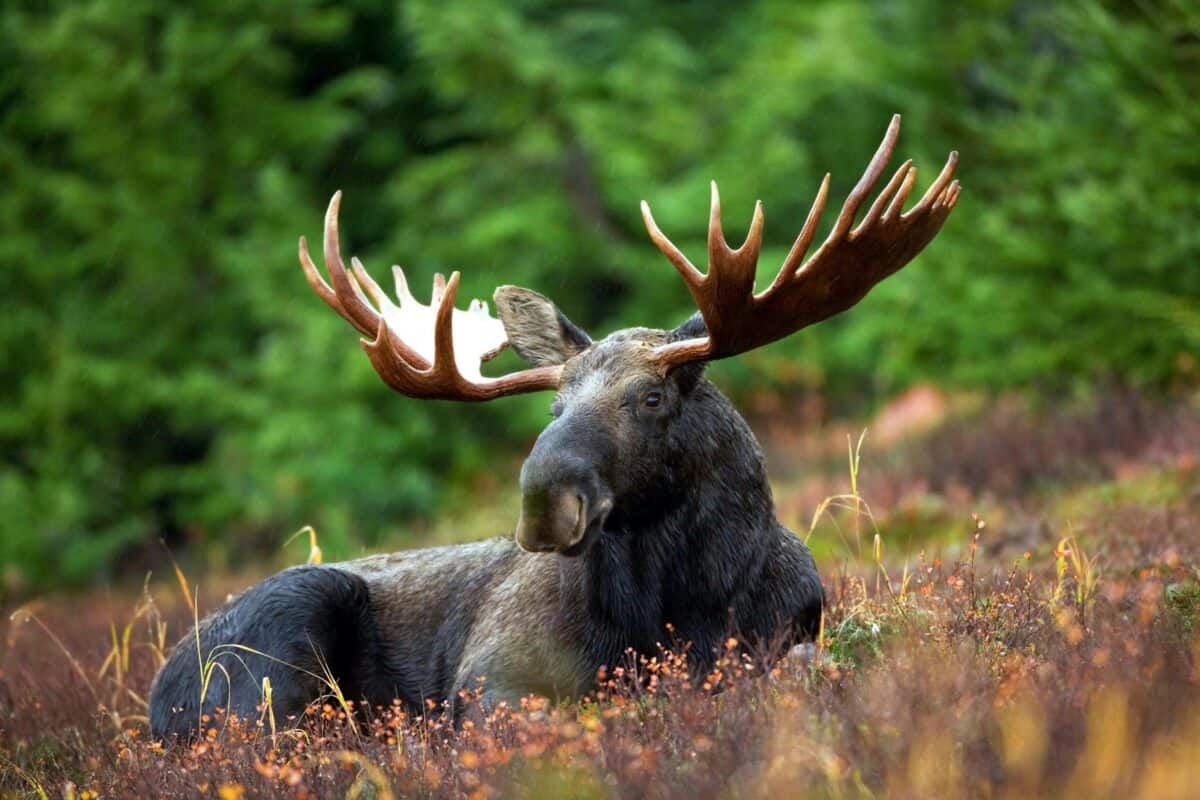
Moose play an integral role in Alaska’s ecosystems. As herbivores, they contribute to the regulation of plant growth by feeding on shoots, twigs, and aquatic vegetation. Their browsing habits can influence the composition and structure of vegetation, promoting biodiversity. Additionally, as prey for predators like wolves and bears, moose are a crucial component of the food web, sustaining the balance of these ecosystems.
Moose Behavior and Social Structure

Moose are generally solitary animals, except during the mating season in autumn. Bulls engage in spectacular displays and sometimes fierce battles to establish dominance and earn the right to mate. These interactions are not only crucial for reproduction but also a display of the moose’s physical prowess. Outside of mating season, moose are relatively solitary, but mother moose, or cows, are known for their strong bond with their calves, fiercely protecting them from threats.
The Antler Growth Phenomenon
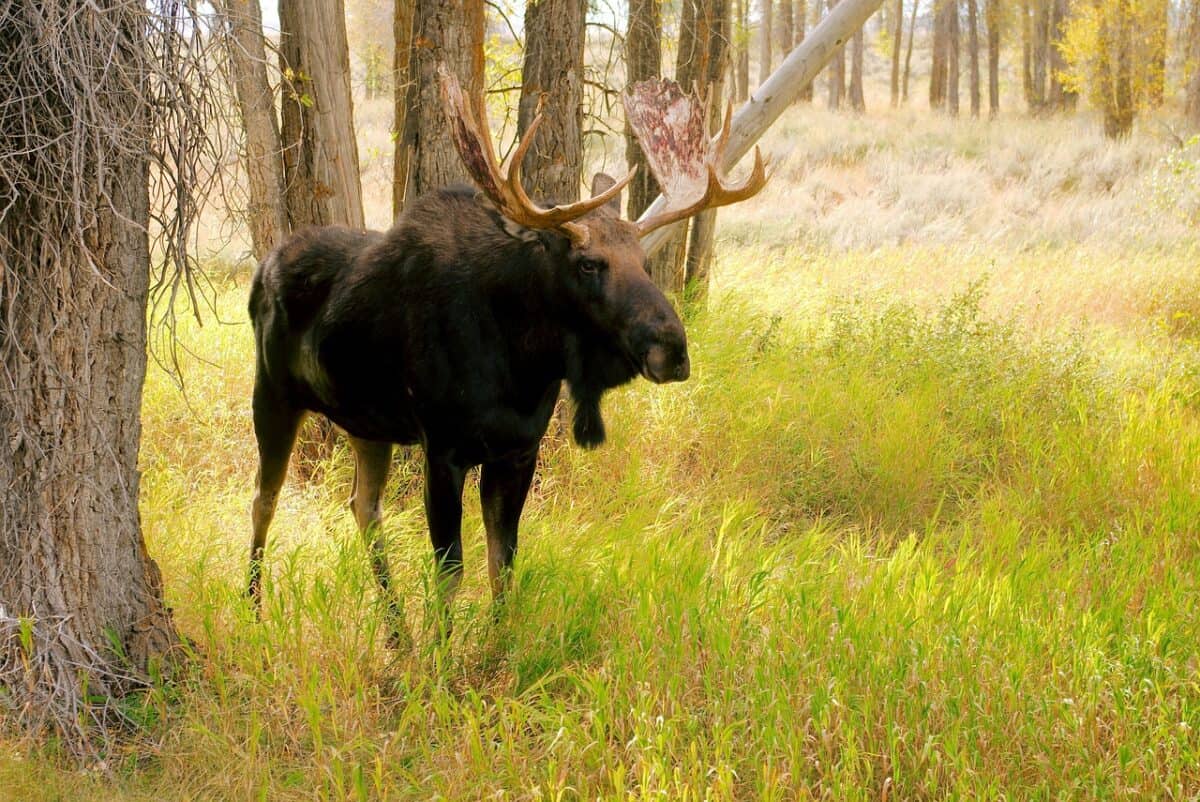
One of the most striking features of the bull moose is its antlers, which grow anew each year and can weigh up to 40 pounds. The growth of antlers is a remarkable biological process fueled by a rapid cell division rate, often considered one of the fastest-growing tissues in the animal kingdom. This phenomenon not only symbolizes the health and vitality of the bull but also plays a significant role in mating rituals.
Adaptations for Survival
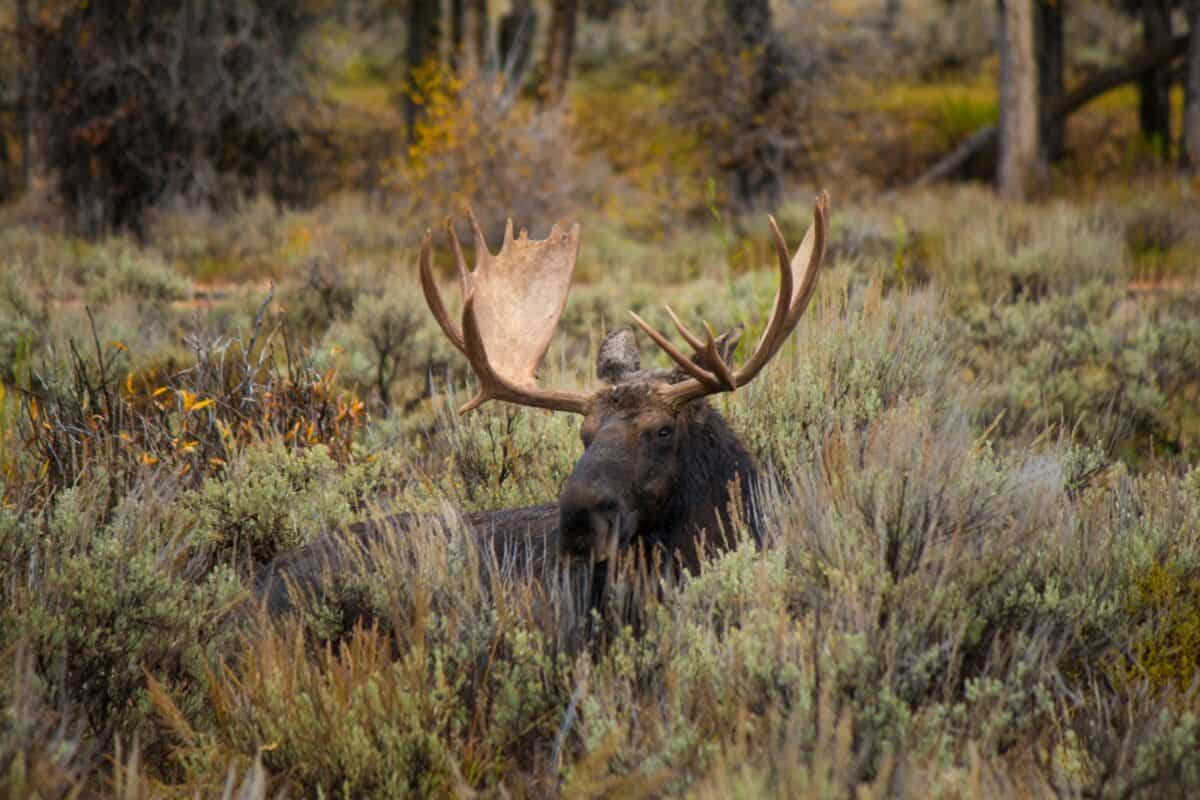
To survive in the harsh Alaskan climate, moose have developed several adaptations. Their large bodies retain heat, and their long legs enable them to navigate deep snow. Moose are also excellent swimmers, able to cross large bodies of water to reach food sources or evade predators. Their keen sense of smell and hearing helps compensate for their relatively poor eyesight, allowing them to detect danger and locate food effectively.
Challenges Facing Moose Populations
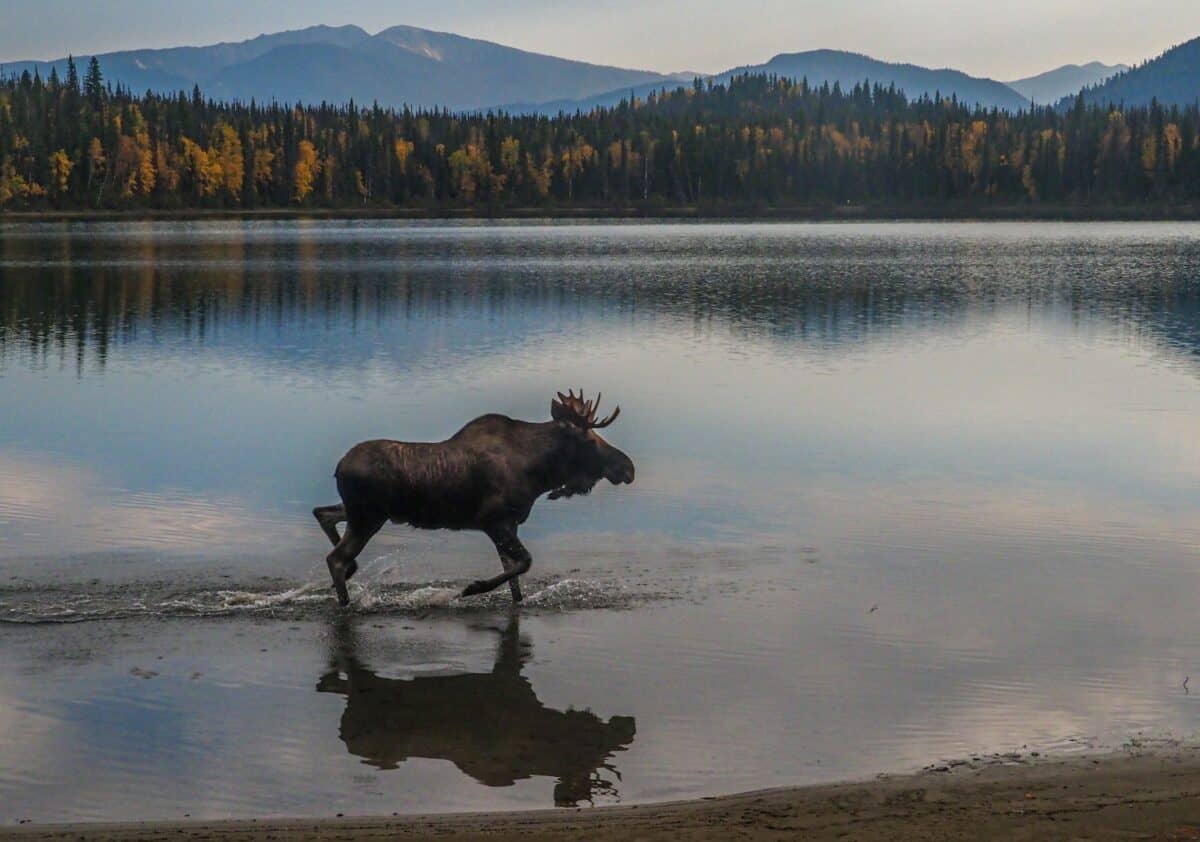
Despite their adaptability, moose populations face several challenges. Habitat loss due to human encroachment and climate change affects their survival, altering food availability and increasing vulnerability to predators. Climate change also exacerbates the prevalence of diseases and parasites like winter ticks, which can severely impact moose health. Conservation efforts are essential to mitigate these threats and ensure the survival of healthy moose populations.
Research and Conservation Efforts
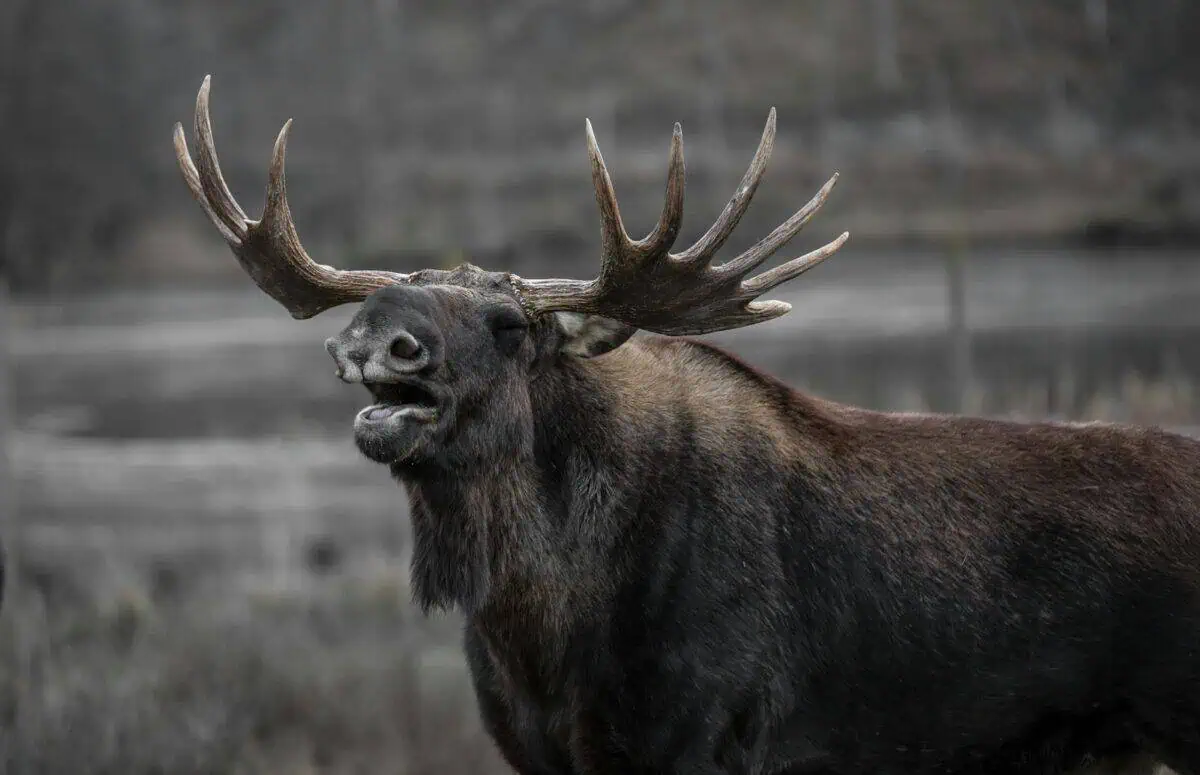
In response to these challenges, numerous research and conservation initiatives focus on preserving moose habitats and understanding their needs. These efforts include tracking and monitoring moose populations, studying their behavior and health, and implementing measures to protect crucial habitats. Collaboration between government agencies, wildlife organizations, and the local community is vital to the success of these initiatives.
Moose-Watching: A Popular Alaskan Activity

For locals and tourists alike, moose-watching is a popular activity in Alaska, offering a glimpse into the natural beauty and wonder of the state’s wildlife. There are designated areas and guided tours that allow people to safely observe moose in their natural habitats without disturbing them. This activity not only promotes awareness and appreciation for these magnificent animals but also supports local economies through eco-tourism.
The Cultural Significance of Moose
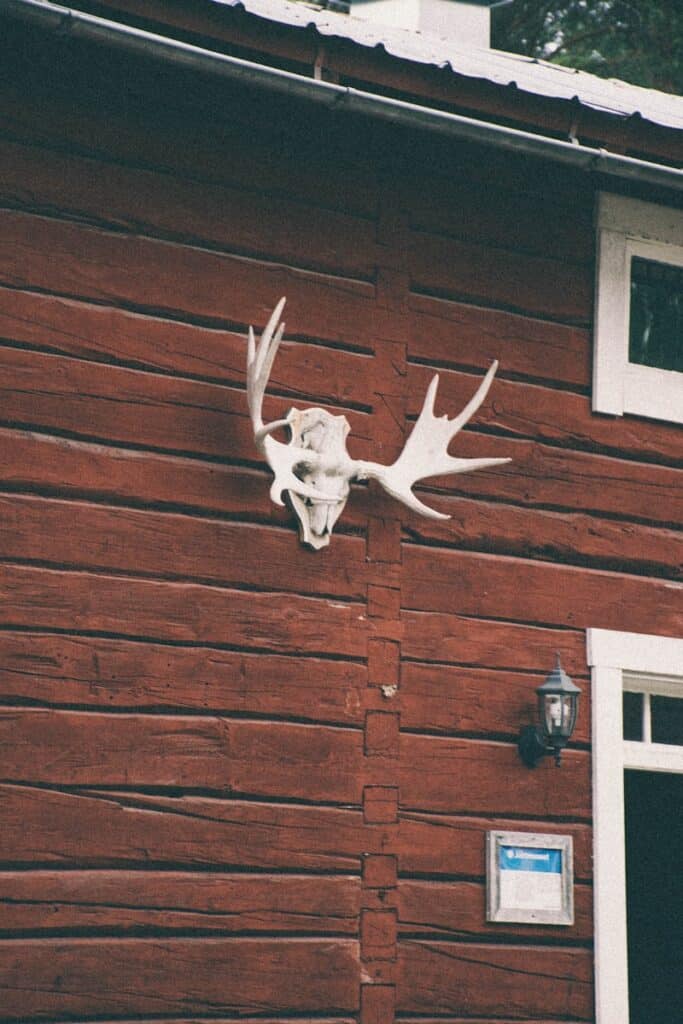
Moose hold a significant place in Alaskan culture, symbolizing strength and wilderness. They are featured in native folklore, art, and as a vital resource for subsistence hunting among indigenous communities. The bond between Alaskans and moose extends beyond cultural heritage, reflecting a deep respect and understanding of the natural world and its inhabitants.
The Future of Alaska’s Moose
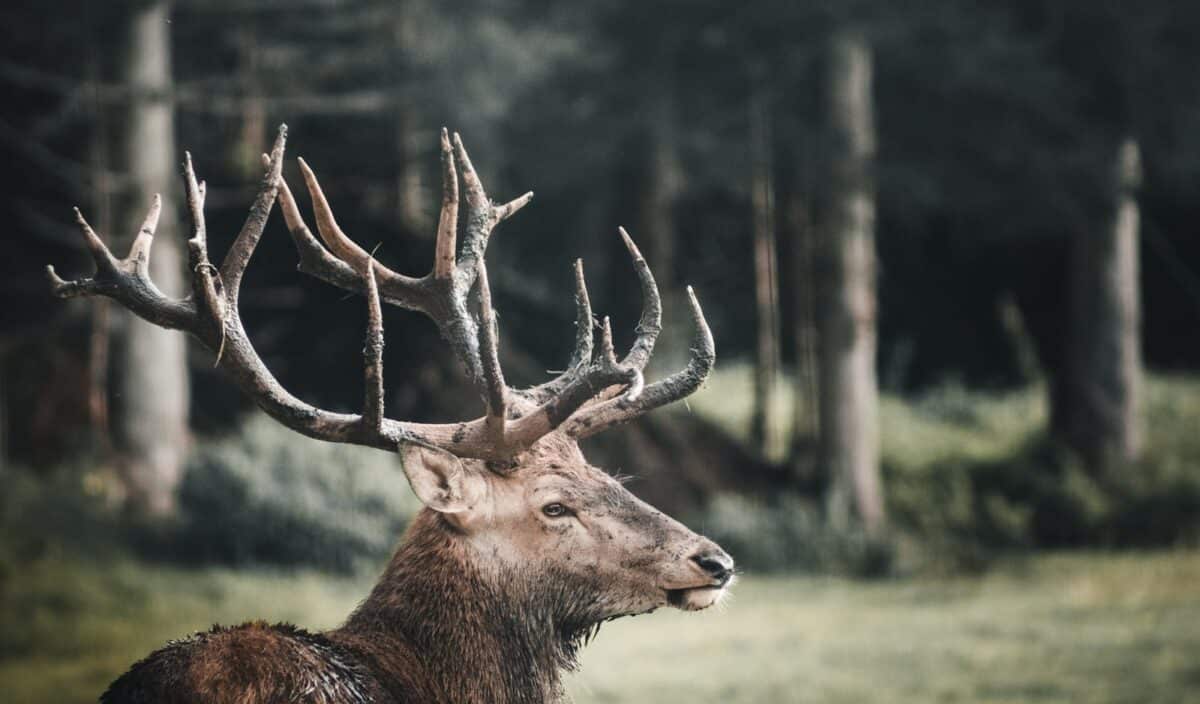
As discussions about conservation and climate change grow, the future of Alaska’s moose holds both challenges and promise. Protecting their habitat, addressing climate change, and fostering community involvement are critical to ensuring that moose continue to thrive. Efforts to provide education and engagement opportunities help foster a new generation dedicated to conserving these iconic animals for future generations.
The sighting of the largest bull moose in Alaska’s wilderness is a testament to the incredible biodiversity of the region and the astounding majesty of its wildlife. As we continue to study and protect these fascinating creatures, they remind us of the delicate balance of nature and our role in preserving it. The mighty moose, with its awe-inspiring presence, serves as a powerful symbol of the wilderness, inviting us to appreciate and safeguard the natural wonders of our world.
- The Largest Bull Moose Ever Spotted in Alaska’s Wilderness - August 13, 2025
- 10 Dog Breeds That Rarely Bark - August 13, 2025
- The Lifespan of a Wild Zebra—and What Threatens It - August 13, 2025

